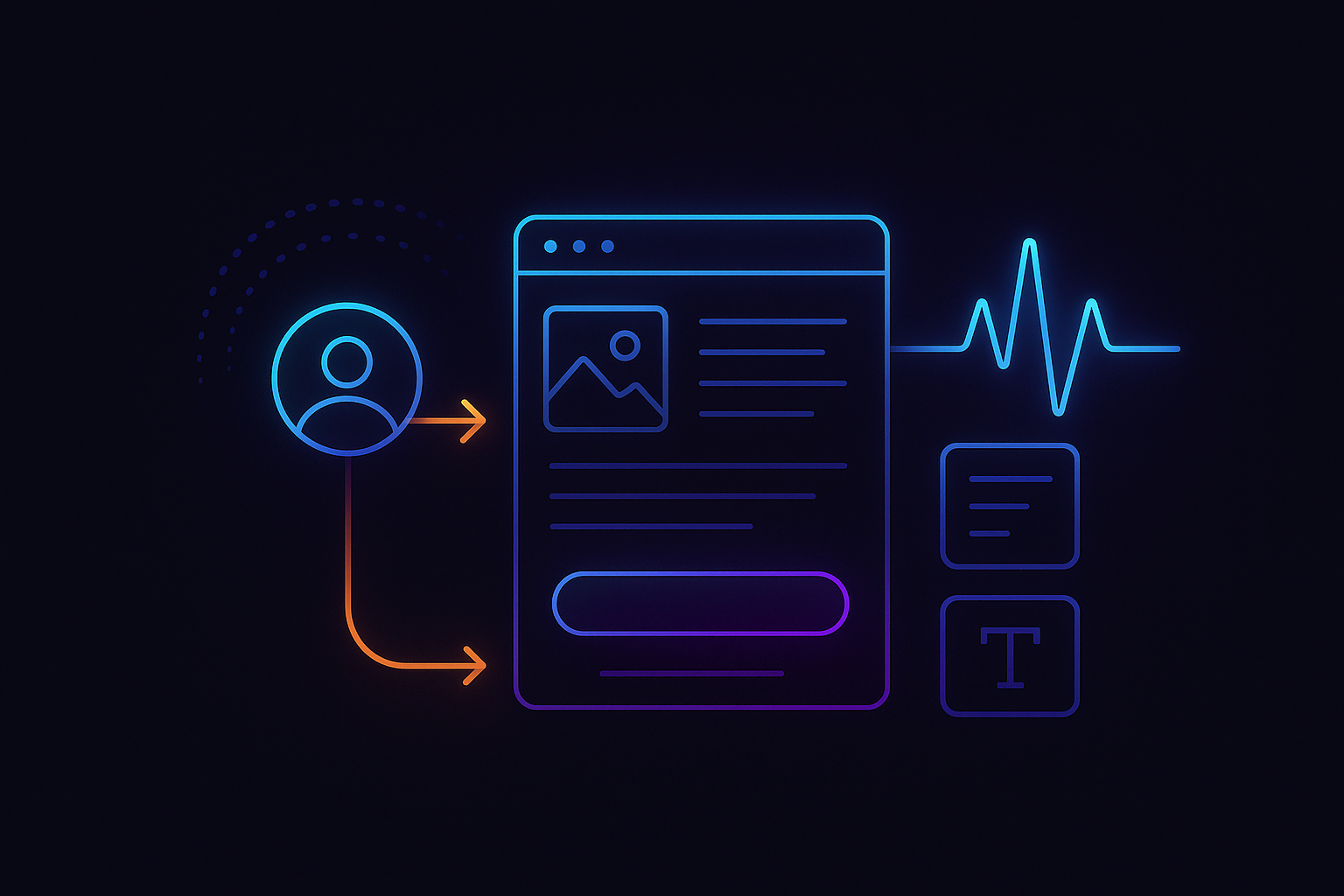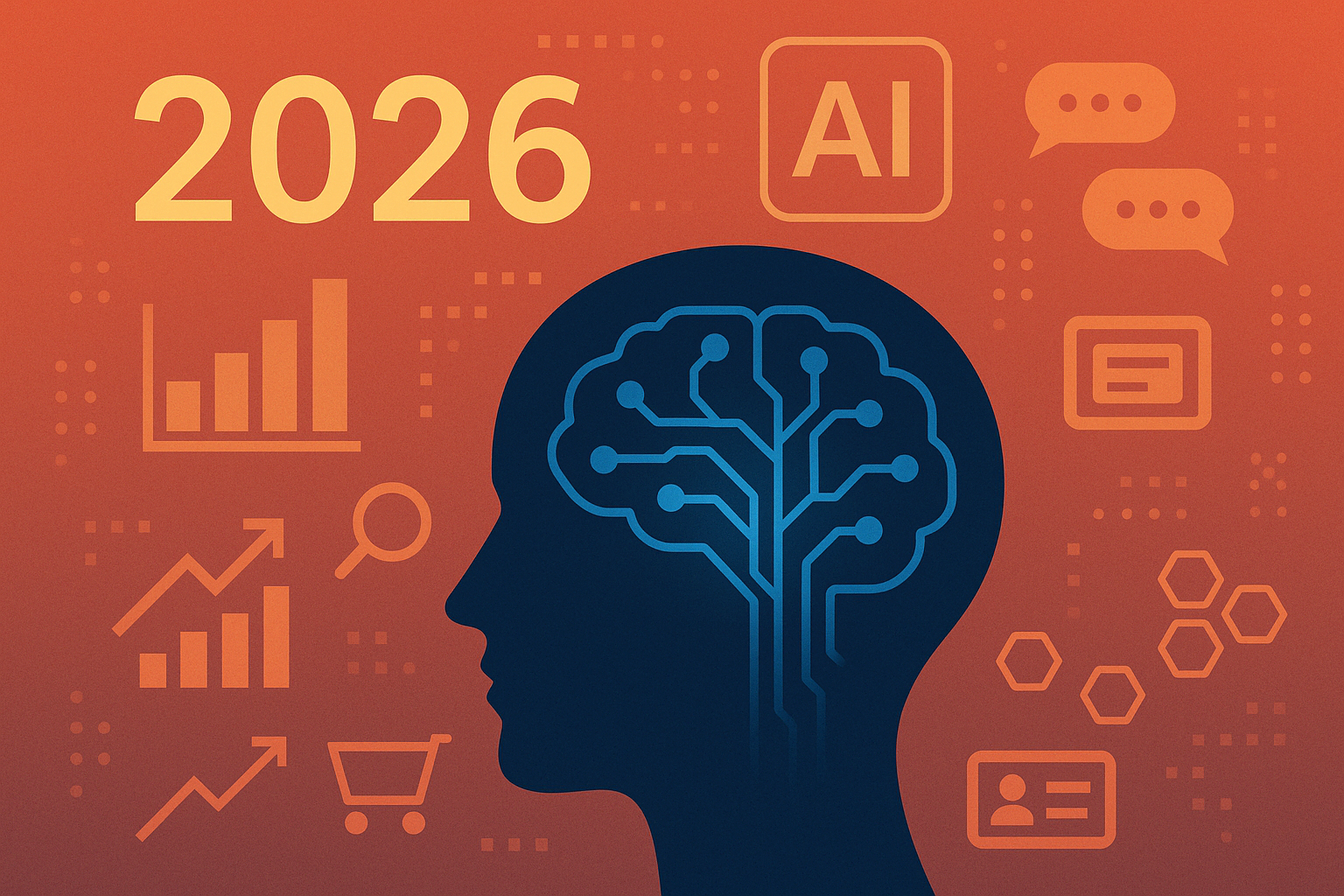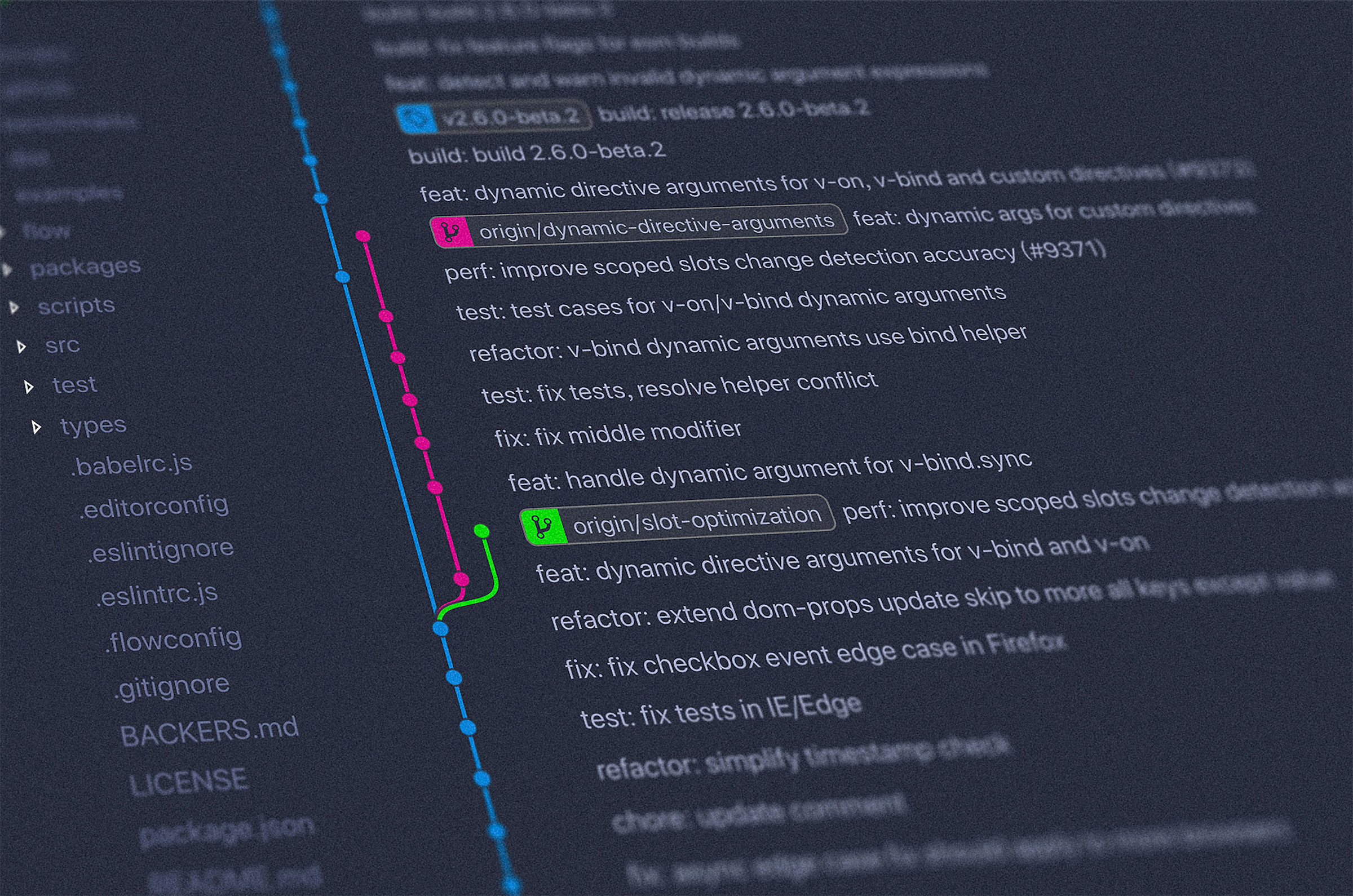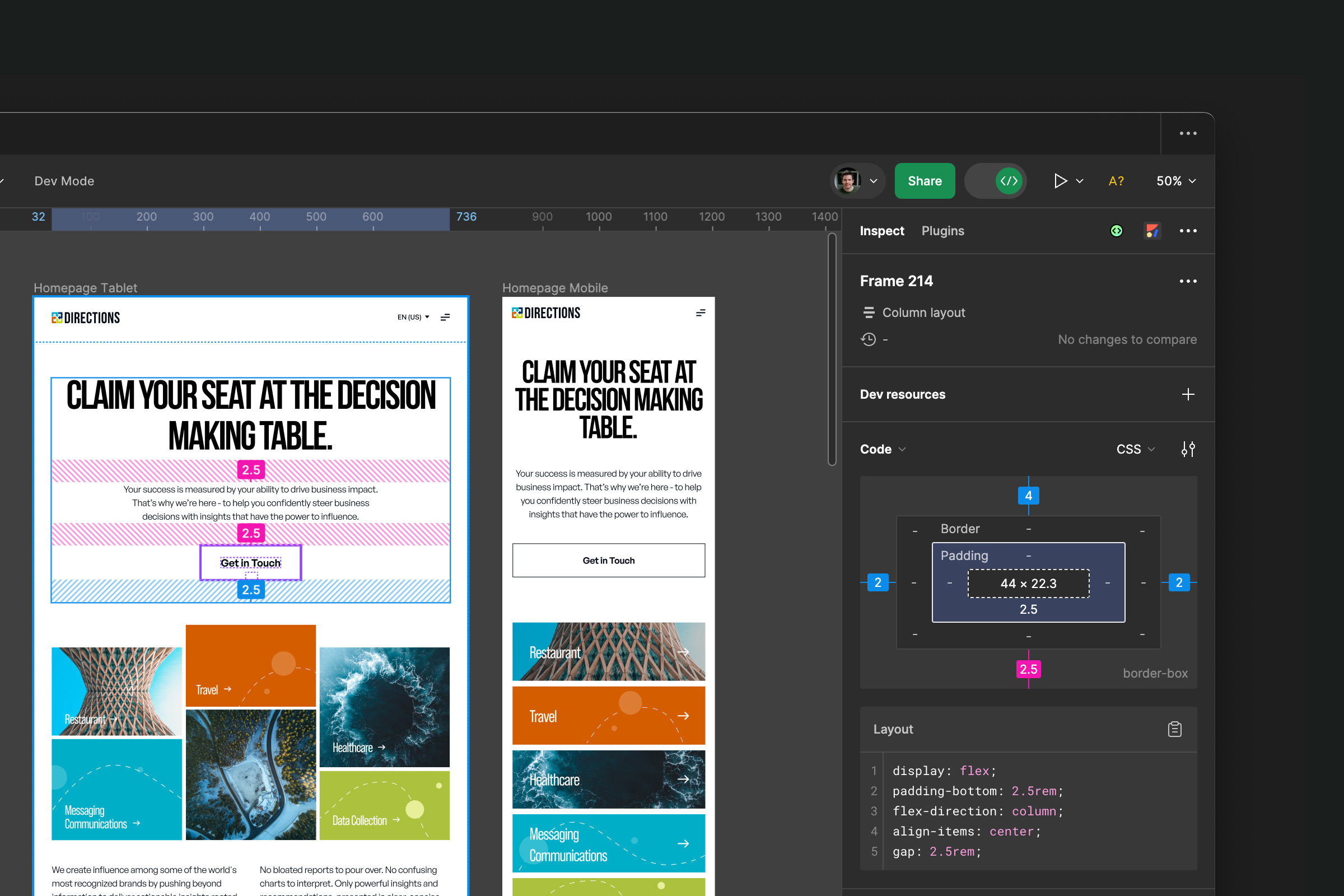Insights
The future of human computer interface design
.jpg)
Human computer interface (HCI) design has come a long way since the early days of computing. From command-line interfaces to graphical user interfaces, the evolution of HCI design has been driven by advancements in technology and the changing needs of users. As we look to the future of HCI design, we can expect to see continued evolution and innovation, driven by emerging technologies such as artificial intelligence, machine learning, and virtual reality.
In this article, we'll explore the future of HCI design, discussing emerging trends and technologies that will shape the evolution of UI design. We'll also examine the impact of HCI design on the user experience and the potential implications for businesses and organizations.
The Role of Artificial Intelligence in HCI Design
Artificial intelligence (AI) is poised to play a significant role in the future of HCI design. AI-powered systems can learn from user behavior and adapt to user needs, providing a more personalized and intuitive user experience. For example, chatbots powered by AI can provide conversational interfaces that mimic human interaction, making it easier for users to access information and complete tasks.
An interesting example of AI in HCI design can be found in the chatbot used by H&M to assist customers in their online shopping experience. The chatbot uses AI to understand the customer's needs and preferences, providing personalized product recommendations and styling advice.
The Rise of Virtual Reality and Augmented Reality
Virtual reality (VR) and augmented reality (AR) are rapidly emerging technologies that are poised to have a significant impact on HCI design. VR and AR offer immersive experiences that can enhance the user experience and provide new opportunities for engagement. For example, VR interfaces can allow users to interact with products in a virtual environment, providing a more engaging experience than traditional product images.
An interesting example of VR in HCI design can be found in the virtual showroom used by Audi to showcase its cars. The virtual showroom allows customers to explore and interact with Audi's cars in a virtual environment, providing a more engaging and personalized experience.
The Importance of Accessibility in HCI Design
As HCI design continues to evolve, it's essential to ensure that the user experience remains accessible to all users, regardless of their abilities. Accessibility is a critical aspect of HCI design, and designers must consider the needs of users with disabilities when creating interfaces.
An interesting example of accessibility in HCI design can be found in the Apple Watch, which features a range of accessibility features that make it easier for users with disabilities to use the device. For example, the Apple Watch can provide haptic feedback to assist users with hearing impairments, and the device's interface is designed to be easy to navigate for users with visual impairments.
The future of HCI design is exciting, with emerging technologies such as AI, VR, and AR driving continued innovation and evolution. As designers, it's important to consider the impact of HCI design on the user experience and to ensure that interfaces remain accessible to all users. By staying up-to-date with emerging trends and technologies and considering the needs of users, we can continue to create interfaces that are intuitive, engaging, and accessible.




































.jpeg)




.jpg)




.jpg)
